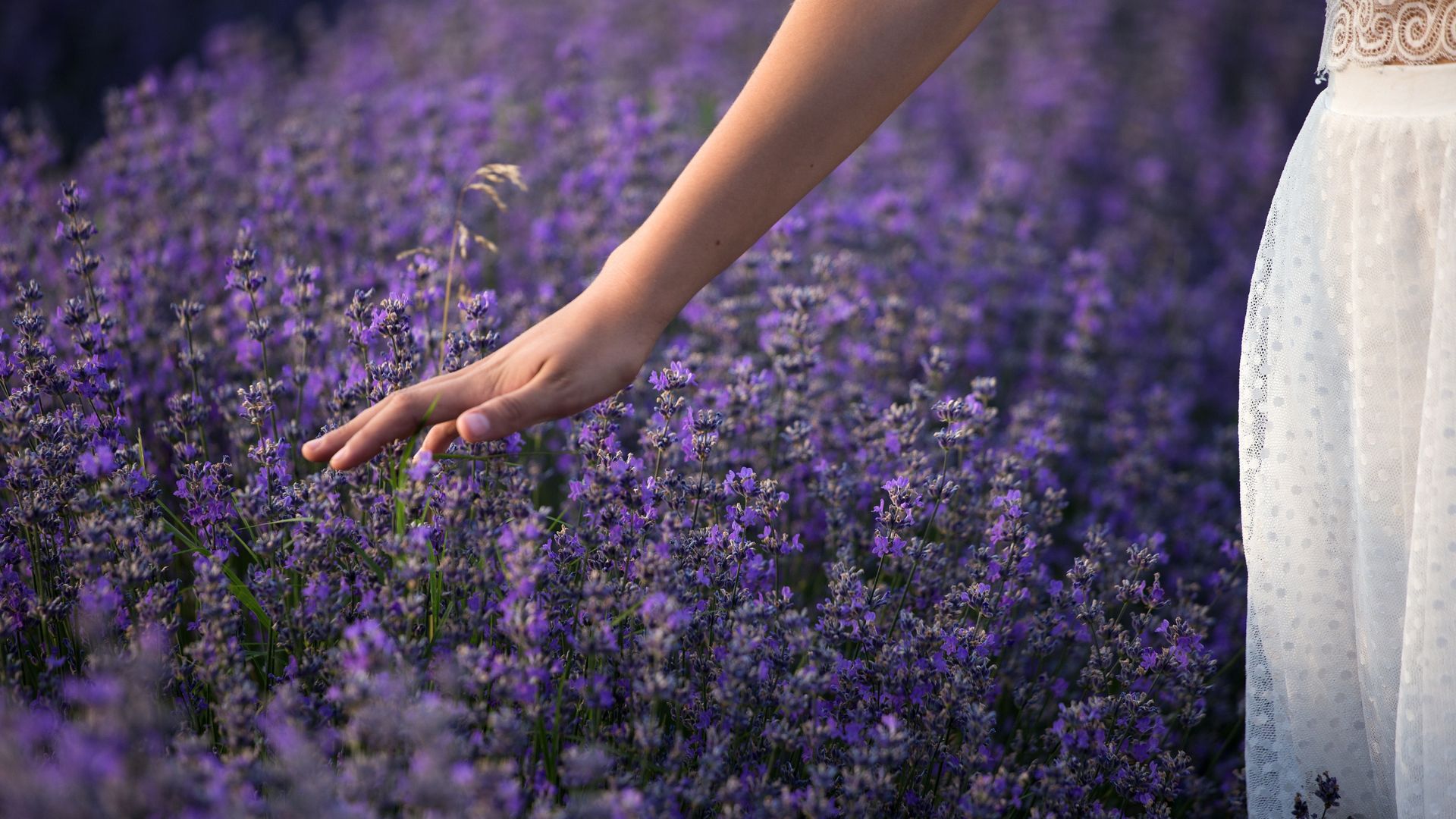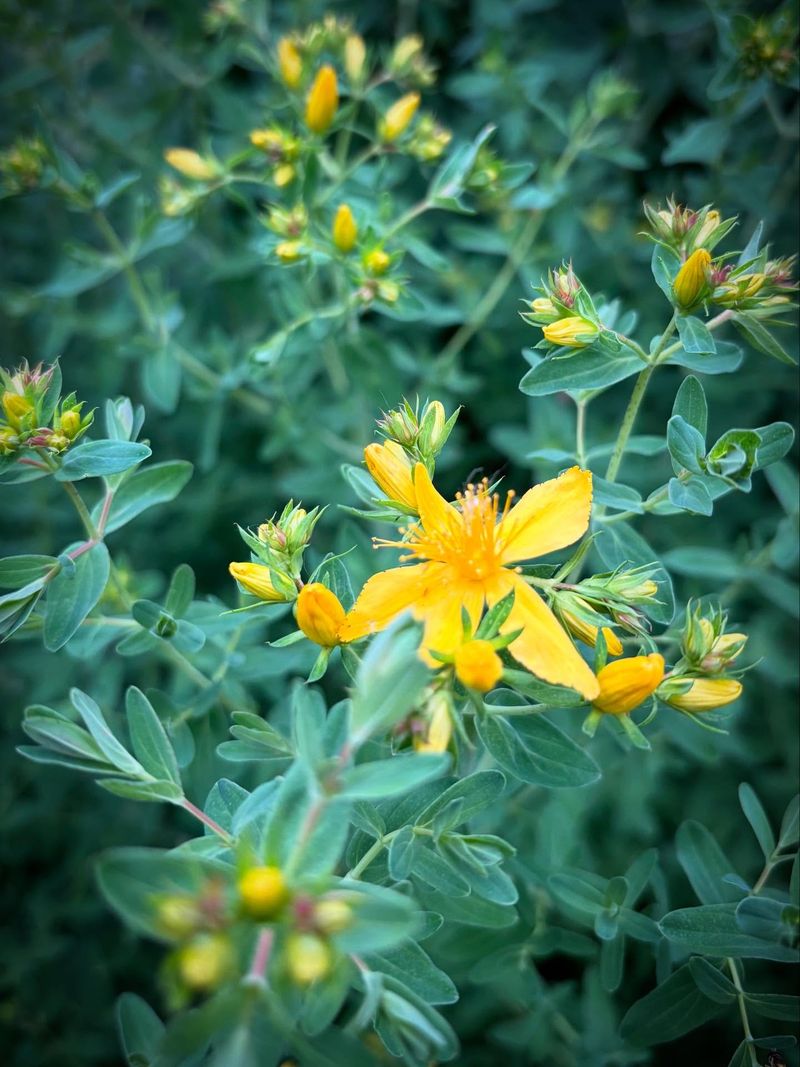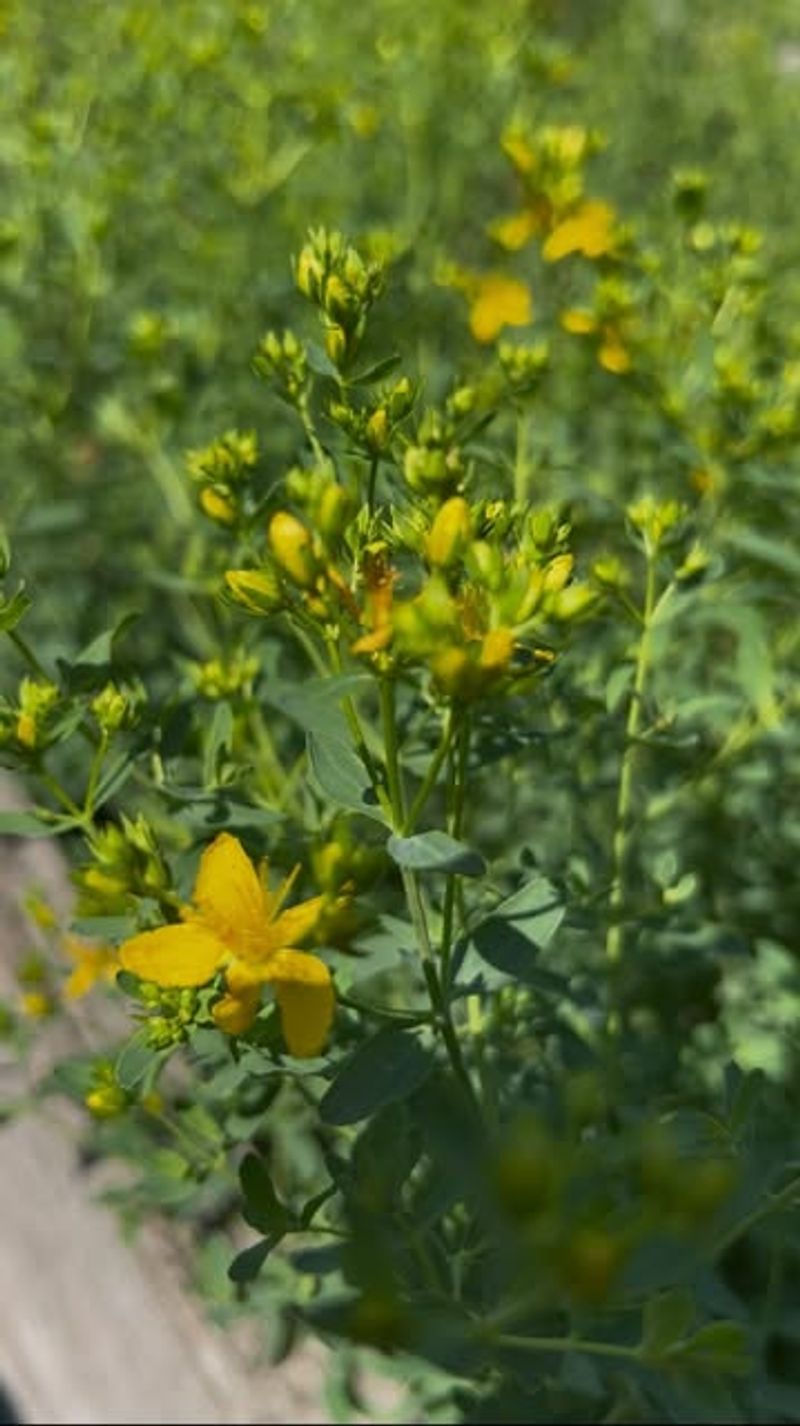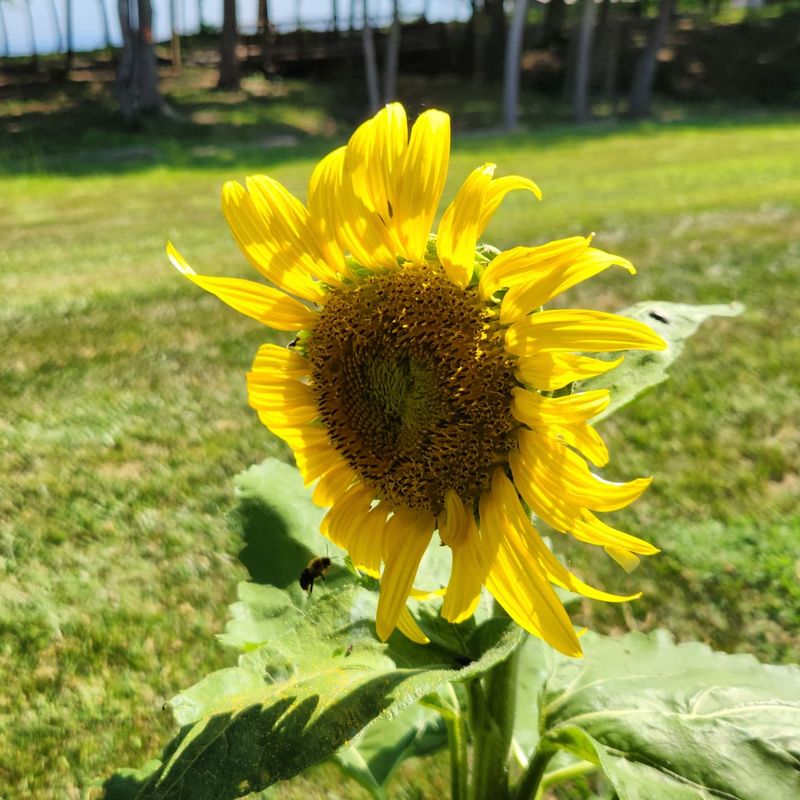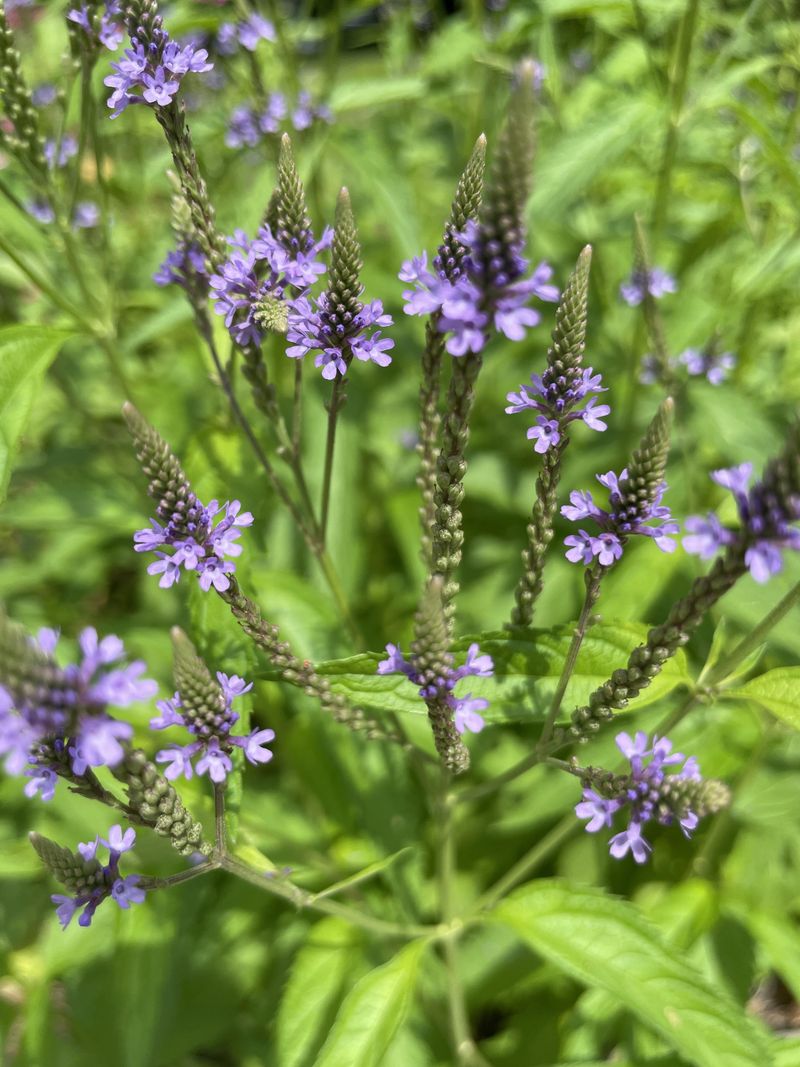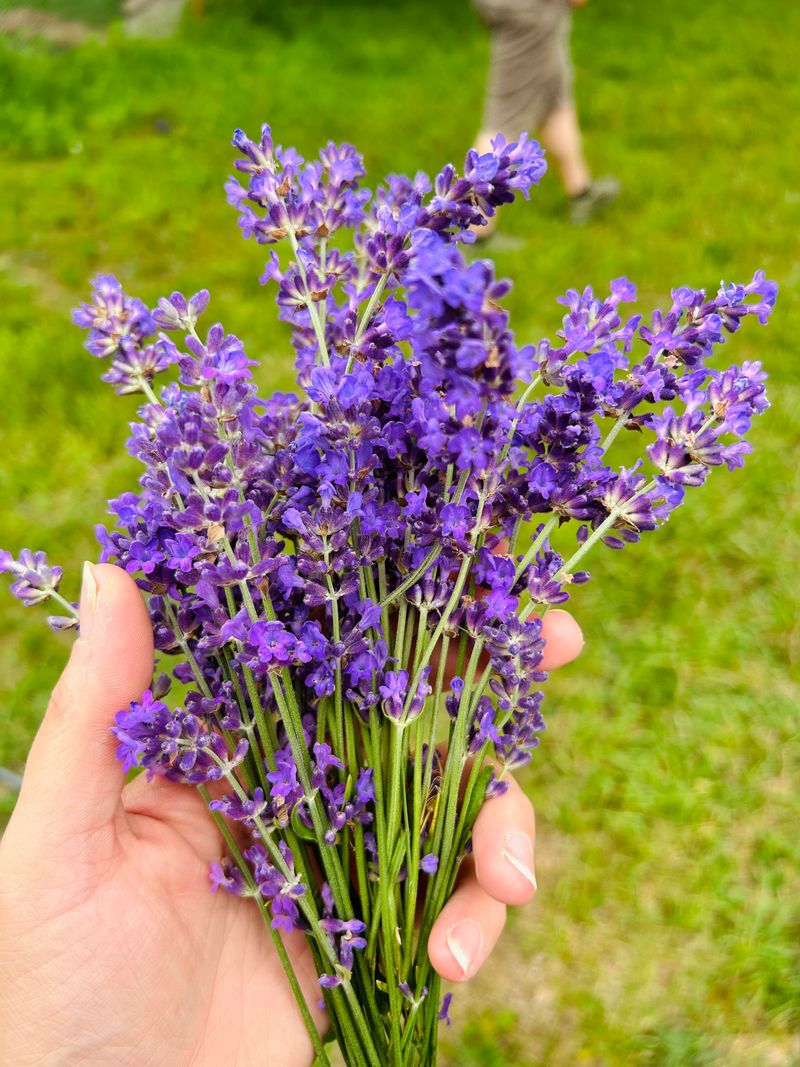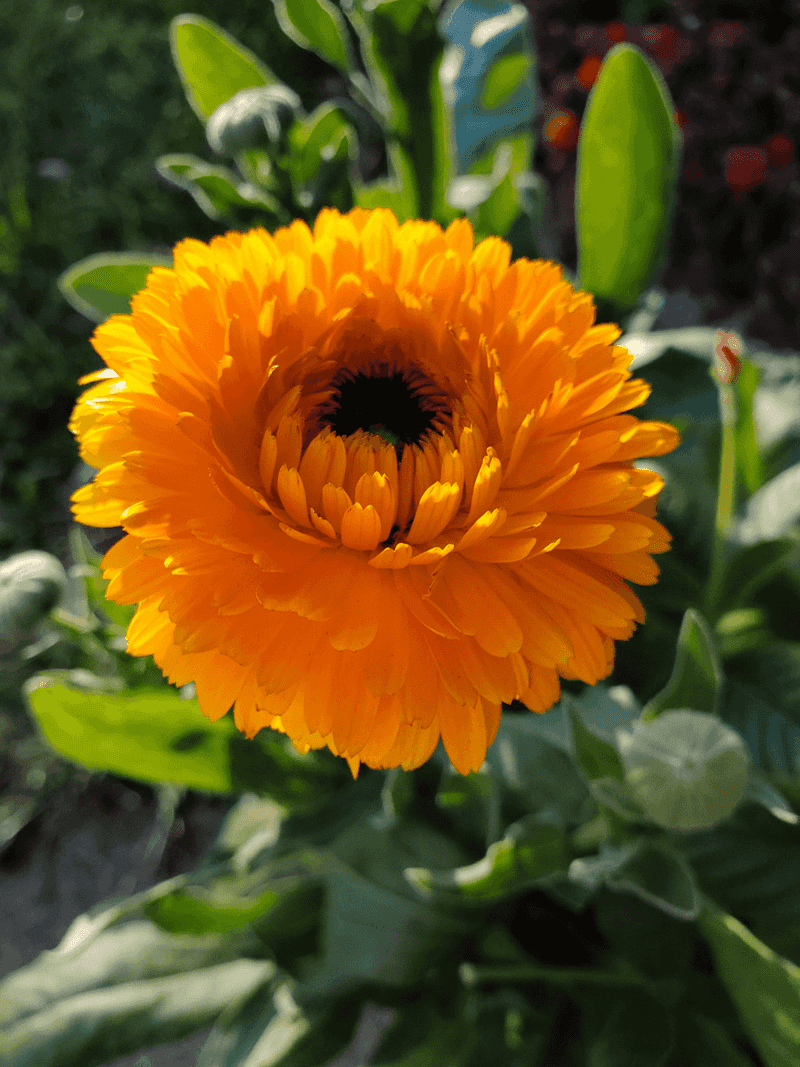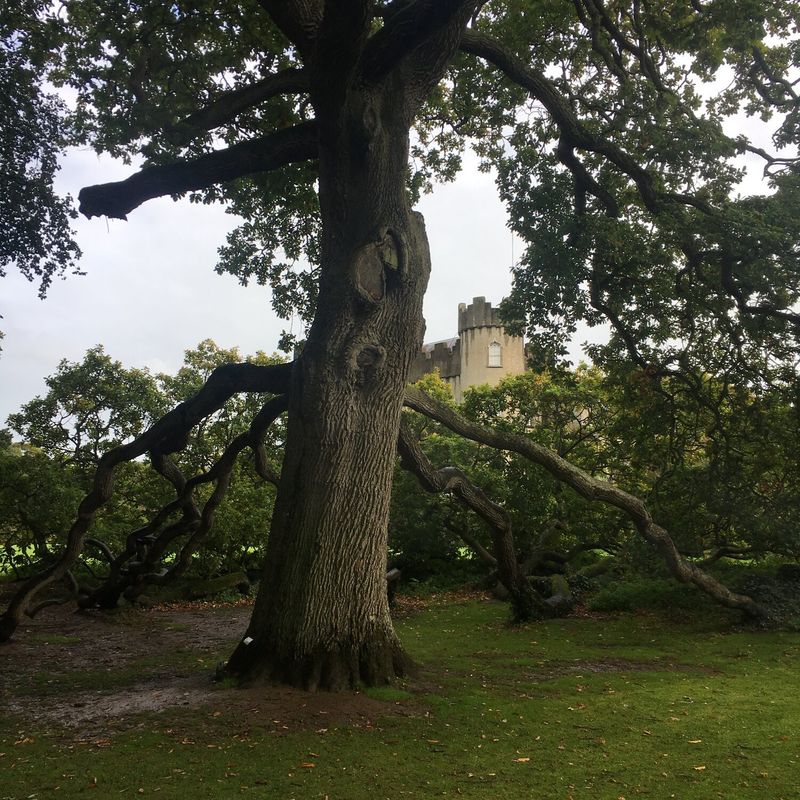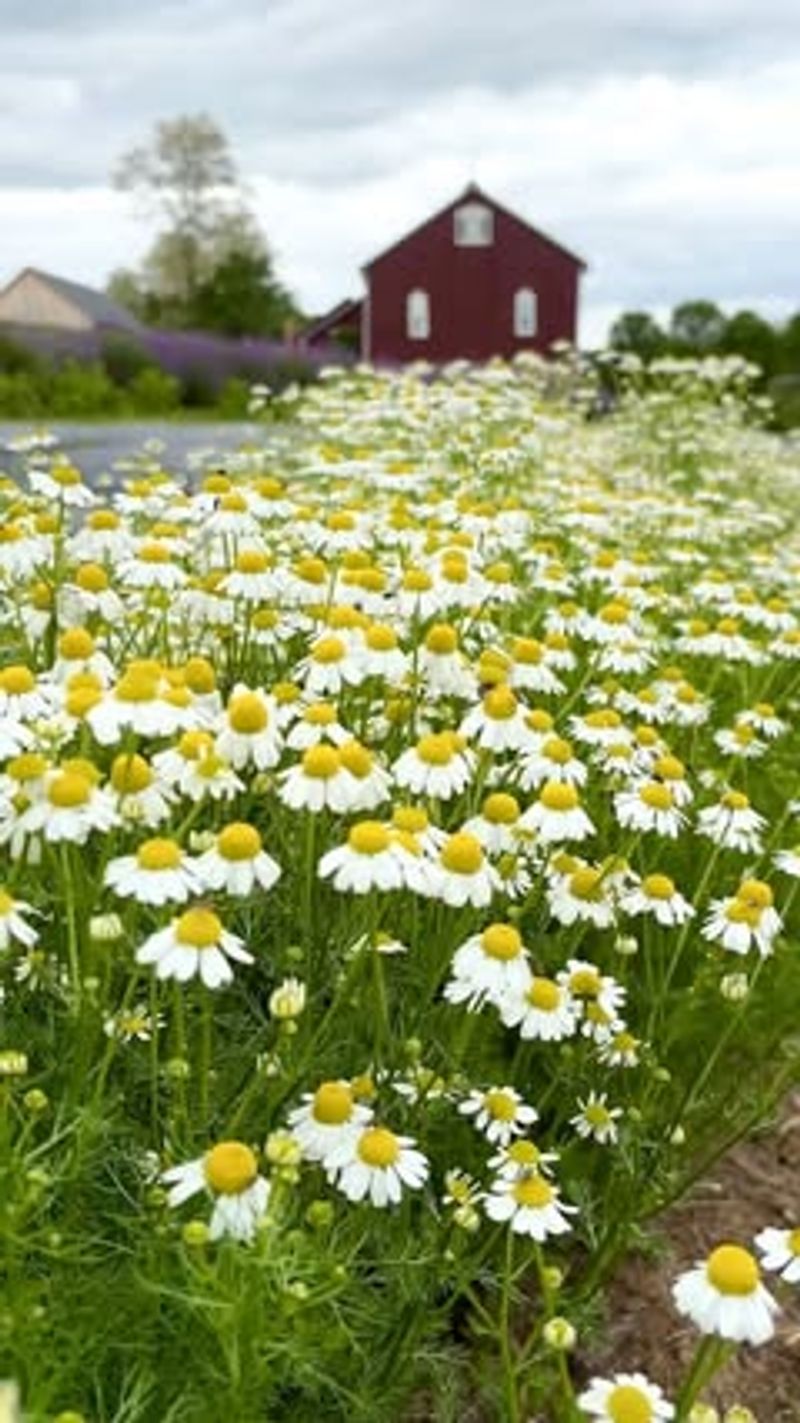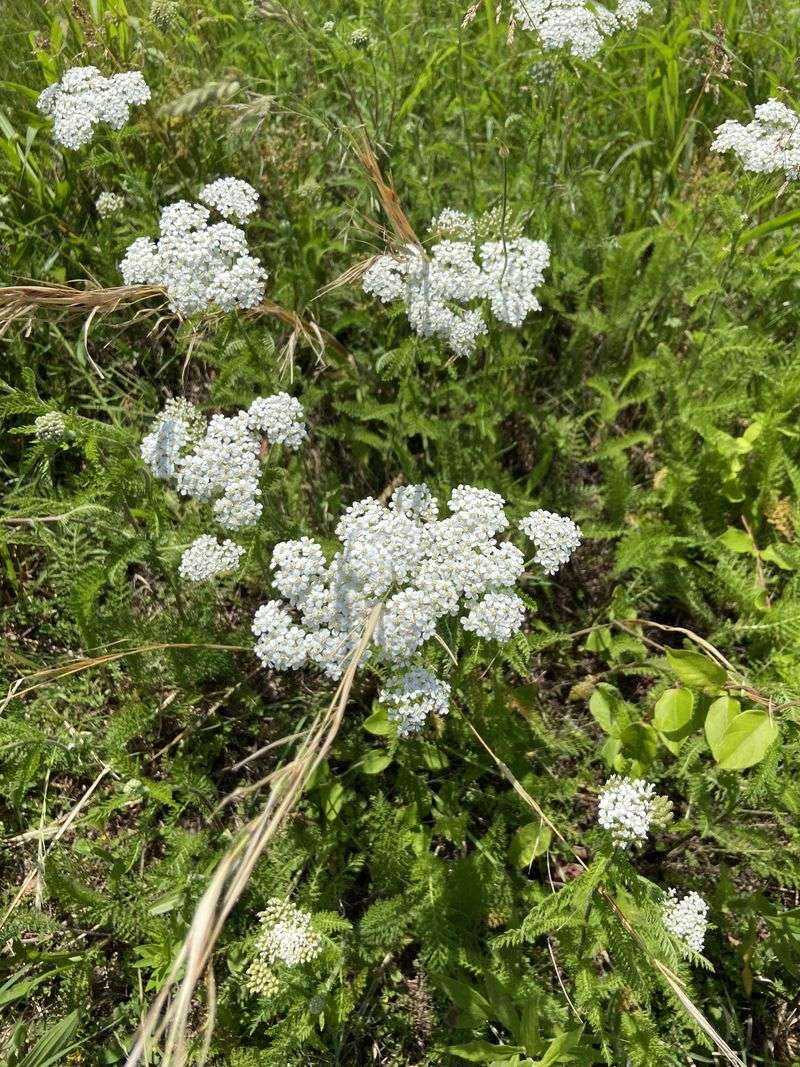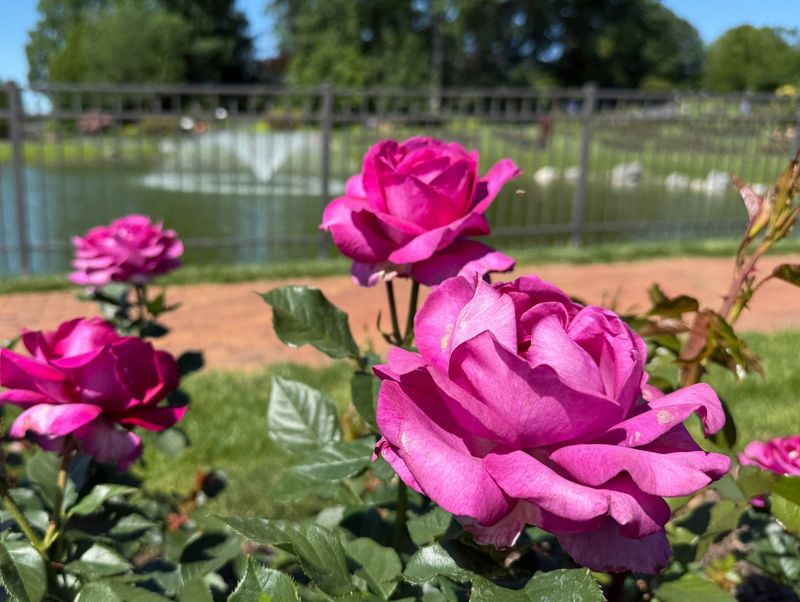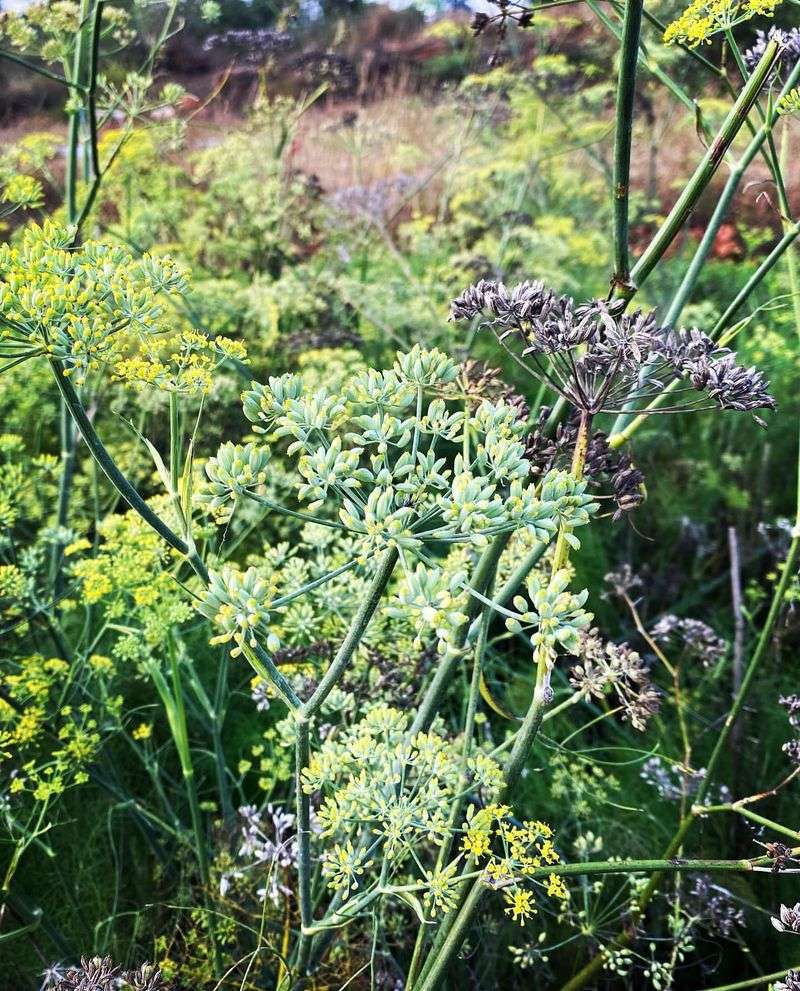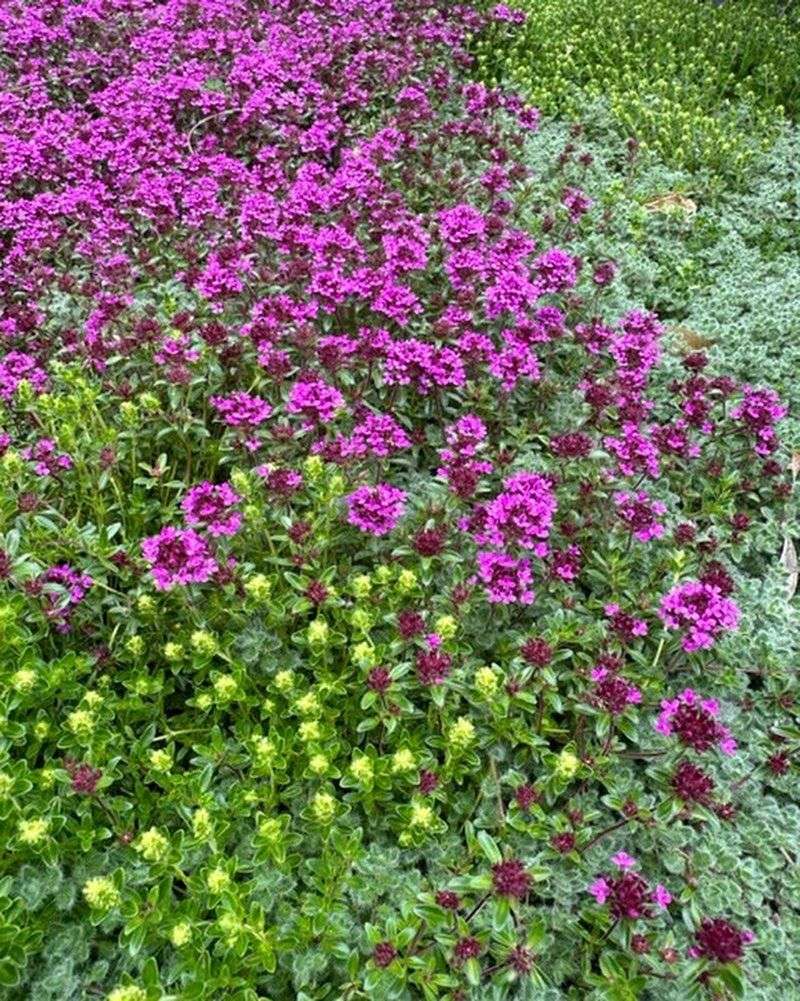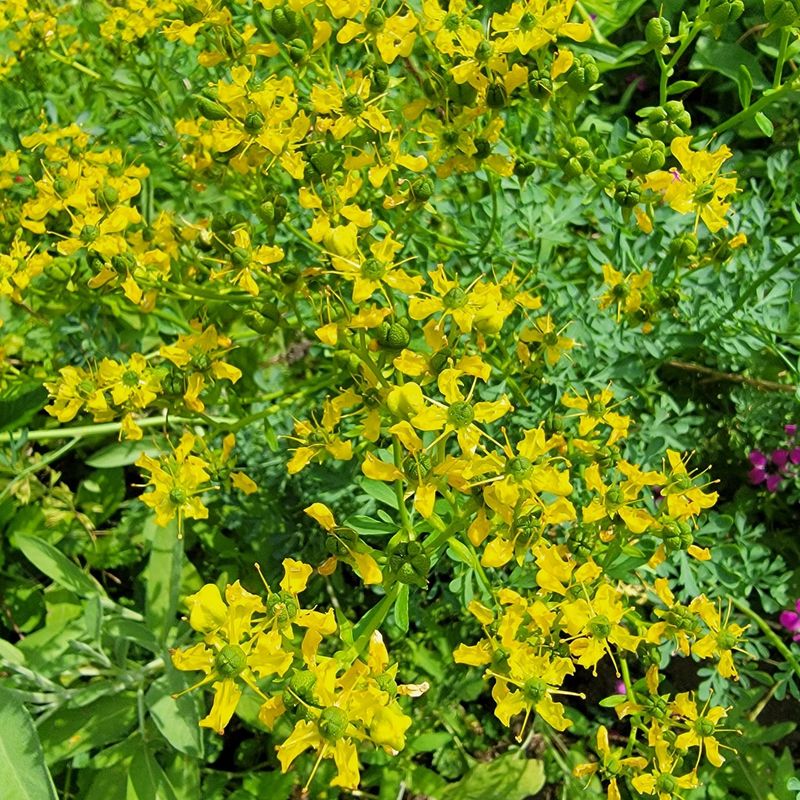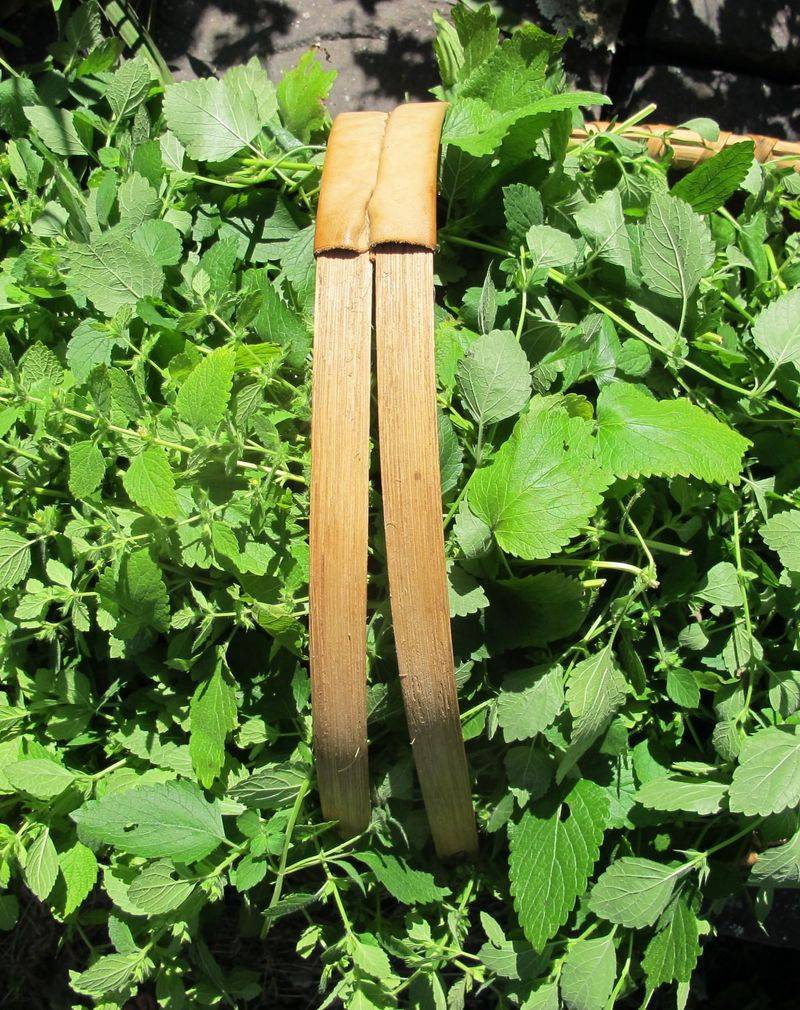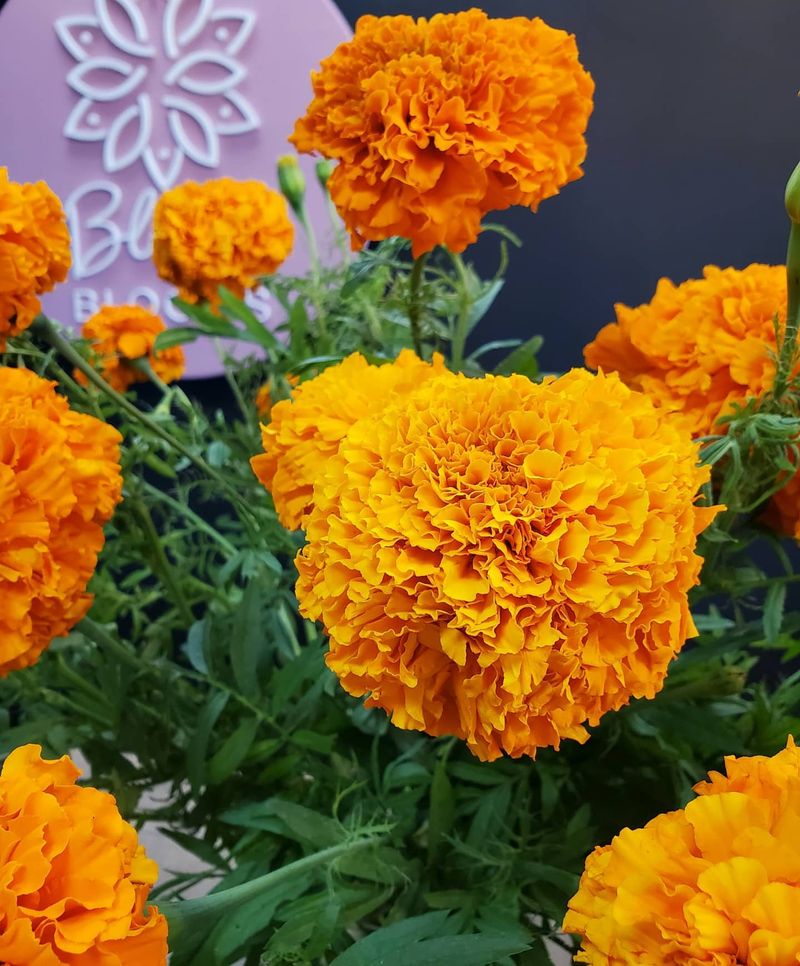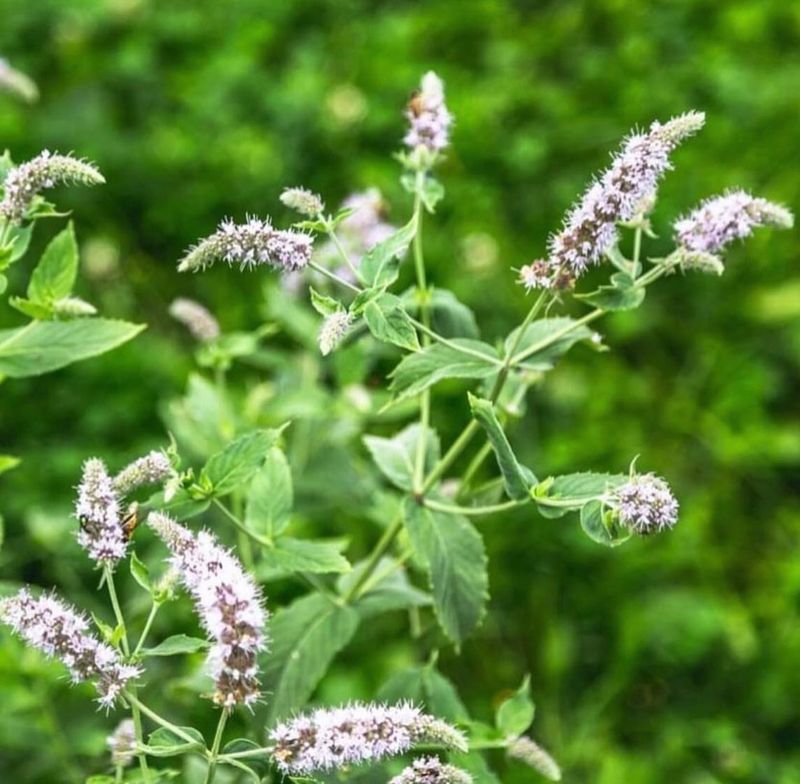The summer solstice is a magical moment—marking the longest day, the peak of sunlight, and centuries of celebration across cultures. It’s a time to pause, reflect, and embrace nature’s abundance in full bloom. What better way to honor it than by planting with intention?
Herbs and flowers like lavender, chamomile, and sunflowers carry deep solstice symbolism. They’ve long been tied to renewal, clarity, and warmth—perfect companions for midsummer gardening and rituals that celebrate life and light.
Whether you’re hosting a celebration or simply tending your garden, choosing plants tied to ancient traditions adds soul to the space. It’s more than a planting—it’s a connection to the past, rooted in sunshine and growth.
1. St. John’s Wort
Ancient Europeans believed this yellow-flowering herb captured the power of the sun at its peak. Traditionally gathered on the solstice eve (later called St. John’s Eve), it was hung over doorways to protect homes from evil spirits and summer storms.
The plant thrives in sunny spots with well-drained soil. Its cheerful flowers open around the solstice, making it perfectly timed for midsummer celebrations. Many gardeners dry the blossoms for year-round protective decorations.
What surprised me was discovering how this humble plant bridges pagan and Christian traditions—evidence of how deeply rooted plant folklore remains in our cultural memory, even centuries later.
2. Mugwort
Considered one of the most sacred herbs for solstice celebrations, mugwort has long associations with prophetic dreaming and spiritual awareness. Folk traditions suggest wearing it as a crown during solstice festivities to enhance psychic abilities and connection to nature’s wisdom.
Growing almost anywhere with minimal care, this silver-leafed perennial spreads vigorously in garden settings. The slightly bitter aromatic leaves can be harvested at the solstice when their potency reaches its height, then dried for dream pillows or ceremonial bundles.
I always find something meditative about running my fingers through mugwort’s feathery leaves on summer evenings—the subtle scent seems to quiet my thoughts after a busy day.
3. Sunflower
Standing tall as living embodiments of the sun itself, sunflowers have been revered across cultures for their solar connection. Native Americans honored these plants in ceremonies celebrating the sun’s life-giving power, appreciating both their practical food value and spiritual significance.
Sowing sunflower seeds around the spring equinox ensures magnificent blooms by midsummer. Their faces faithfully track the sun’s journey across the sky—a phenomenon called heliotropism that makes them perfect living symbols for solstice celebrations.
For me, nothing captures summer’s essence quite like a sunflower field at its peak—that moment when dozens of golden faces turn together following the sun feels like witnessing an ancient, wordless prayer.
4. Vervain
Druids considered vervain among their most sacred herbs, harvesting it when neither sun nor moon was in the sky—at dawn or dusk around the solstice. Legend holds that vervain grew from the tears of Isis, giving it tremendous magical potency for protection, purification, and healing work.
The delicate purple flowers appear on slender stems around midsummer, preferring sunny locations with moderate water. Vervain attracts butterflies and beneficial insects to the garden while traditionally serving as a boundary marker between worlds during solstice celebrations.
Something about vervain’s unassuming appearance always reminds me that true power often comes in subtle packages—its modest flowers belie its rich history as one of the most revered magical herbs in European tradition.
5. Lavender
Reaching peak bloom around the solstice in many regions, lavender has ancient associations with purification and protection. Mediterranean cultures traditionally burned lavender bundles during solstice celebrations to cleanse spaces and invite peaceful energy for the coming season.
Thriving in sunny, dry conditions, lavender requires minimal care once established. Harvest stems when flower buds are just opening—typically near the solstice—for the strongest fragrance and medicinal properties, then dry them for year-round use.
My grandmother taught me to tuck lavender sachets between linens, a summer ritual I continue every solstice. That familiar scent instantly transports me to childhood summers spent helping her hang bundles from kitchen rafters.
6. Calendula
Often called ‘summer’s gold,’ calendula’s fiery orange and yellow blooms perfectly embody solstice energy. Medieval herbalists believed flowers harvested at noon on the solstice held the greatest healing power, using them for everything from skin salves to protection against summer fevers.
Easy to grow from seed, calendula blooms continuously through summer with minimal care. The edible petals add bright color to solstice feasts and can be infused in oils for healing balms that capture the sun’s restorative energy.
Watching bees flock to my calendula patch always feels like witnessing a tiny solstice celebration—their buzzing dance among the golden flowers seems to echo ancient connections between the sun, plants, and all living creatures.
7. Oak
Revered as the king of trees in numerous European traditions, oak represents strength, endurance, and the height of solar power. Druids gathered mistletoe from oak trees during solstice ceremonies, believing this intersection of oak and its parasitic companion created powerful protective magic.
While growing an oak takes patience, even young trees can serve as focal points for solstice celebrations. Collecting fallen oak leaves or acorns creates a connection to this mighty tree’s energy for those without space to grow one.
I’ve always been struck by how the massive canopy of an ancient oak creates its own microclimate—standing beneath one during summer’s heat offers a lesson in nature’s perfect engineering and the quiet wisdom of slow-growing things.
8. Chamomile
With tiny flowers resembling miniature suns, chamomile has long associations with solar energy and purification. Traditional solstice practices included sprinkling chamomile-infused water around homes to bring the sun’s blessing and protection indoors.
German chamomile self-seeds readily in gardens, creating drifts of daisy-like blooms by midsummer. The sweet apple-scented flowers harvested on the solstice make especially potent tea, traditionally drunk to attract abundance for the coming harvest season.
Walking barefoot through my chamomile lawn has become my personal solstice ritual—the plants release their gentle fragrance with each step, a simple pleasure that connects me to countless generations who have celebrated midsummer with this humble herb.
9. Yarrow
Considered a boundary crosser between worlds, yarrow has been used in divination rituals during the solstice for centuries. Its feathery white flower clusters were believed to enhance psychic powers when placed under pillows on midsummer’s eve, bringing prophetic dreams about future love and prosperity.
Drought-resistant and sun-loving, yarrow grows easily in poor soil conditions. The flowers and leaves harvested at their peak during the solstice traditionally served as powerful medicine for summer fevers and wounds.
The first wild plant I learned to identify as a child was yarrow. Something about finding it growing in unlikely places—cracks in sidewalks, abandoned lots—taught me early lessons about resilience and finding magic in overlooked corners.
10. Rose
Reaching peak bloom around the solstice in many regions, roses symbolize the perfect balance of beauty and strength. Ancient solstice celebrations often featured rose garlands and petals scattered along processional paths to honor the sun’s life-giving warmth.
Wild roses with their simple five-petaled blooms connect most strongly to solstice traditions. Their hips, forming after the flowers fade, represent the transition from maximum light to the coming harvest—perfect symbols for the wheel of the year.
My grandmother taught me to make rose petal honey each solstice, a sweet preservation of summer’s essence. The gentle work of layering petals with honey while the year’s longest day unfolds remains one of my most treasured seasonal rituals.
11. Fennel
Ancient Romans associated fennel’s feathery fronds and golden flowers with solar deities and protection from evil influences. Hanging fennel over doorways during the solstice was thought to prevent malevolent spirits from entering homes during this magically charged time.
The tall, architectural plants with their anise-scented foliage attract beneficial insects to the garden. Seeds forming after the solstice flowers were traditionally harvested to make protective amulets worn throughout the coming seasons.
I’ve always loved how fennel seems to capture sunlight within its structure—those hollow stems and delicate yellow umbels hold a certain luminosity even on cloudy days, as if storing the solstice sunshine for darker times ahead.
12. Thyme
Gathering thyme at the height of summer was believed to concentrate its protective properties. Greek and Roman solstice celebrations featured thyme garlands and fumigations to purify spaces and bring courage to those participating in traditional fire-jumping rituals.
Low-growing thyme creates fragrant carpets in sunny garden spots, releasing its distinctive scent with each footstep. The tiny flowers attract bees and beneficial insects, making it both practical and symbolic for solstice gardens focused on abundance and protection.
For me, the act of brushing my hands through sun-warmed thyme creates an immediate sensory connection to the season.
13. Rue
With distinctive blue-green foliage and bitter aromatic compounds, rue has long associations with banishing negative energies. Medieval solstice celebrations often featured rue sprigs worn as personal protection during a time when the veil between worlds was considered thinnest.
Growing rue requires full sun and well-drained soil. The small yellow flowers appearing around the solstice were traditionally incorporated into protective wreaths hung on doors and windows to guard against summer illnesses and spiritual intrusions.
The first time I grew rue, I was unprepared for its powerful scent—almost medicinal in its intensity. That potency taught me respect for plants our ancestors considered powerful enough to ward off both physical and metaphysical threats.
14. Lemon Balm
Known as the “gladdening herb,” lemon balm was believed to lift spirits and bring joy. Qualities especially valued during solstice celebrations honoring light’s triumph. Greek beekeepers planted it near hives, noting how its citrus-scented leaves attracted bees, creating associations with sweetness and abundance.
This easy-growing perennial herb spreads readily in garden settings. Leaves harvested on the morning of the solstice were traditionally infused in wine or water to create uplifting beverages shared during community celebrations of midsummer.
Whenever I feel disconnected from seasonal rhythms, crushing a lemon balm leaf between my fingers brings an immediate sensory reset. That bright, clean fragrance seems to cut through mental fog like sunlight itself.
15. Marigold
Across cultures from Mexico to India, marigolds represent the sun’s enduring power and protection. Their golden-orange flowers were believed to guide ancestral spirits during solstice celebrations.
Easy to grow from seed, marigolds bloom prolifically through summer with minimal care. Their strong scent naturally repels garden pests while attracting pollinators, making them both practical and symbolic additions to solstice-themed gardens.
The first garden plant I successfully grew as a child was a marigold. Watching those tight green buds unfurl into fiery blooms taught me patience and wonder. Lessons I still carry into each growing season.
16. Mint
Representing hospitality in Mediterranean traditions, mint was scattered across floors during solstice gatherings to release its scent when walked upon. The cooling properties were especially valued during midsummer celebrations as practical protection against heat.
This vigorous perennial thrives with minimal attention, though containing its spreading habit requires planning. Harvest leaves on the morning of the solstice when essential oils reach their peak concentration for use in cooling drinks and festive dishes.
My favorite summer morning ritual involves brushing against the mint patch while the dew still clings to its leaves. That sudden burst of fragrance feels like nature’s perfect awakening, especially powerful on the solstice itself.

